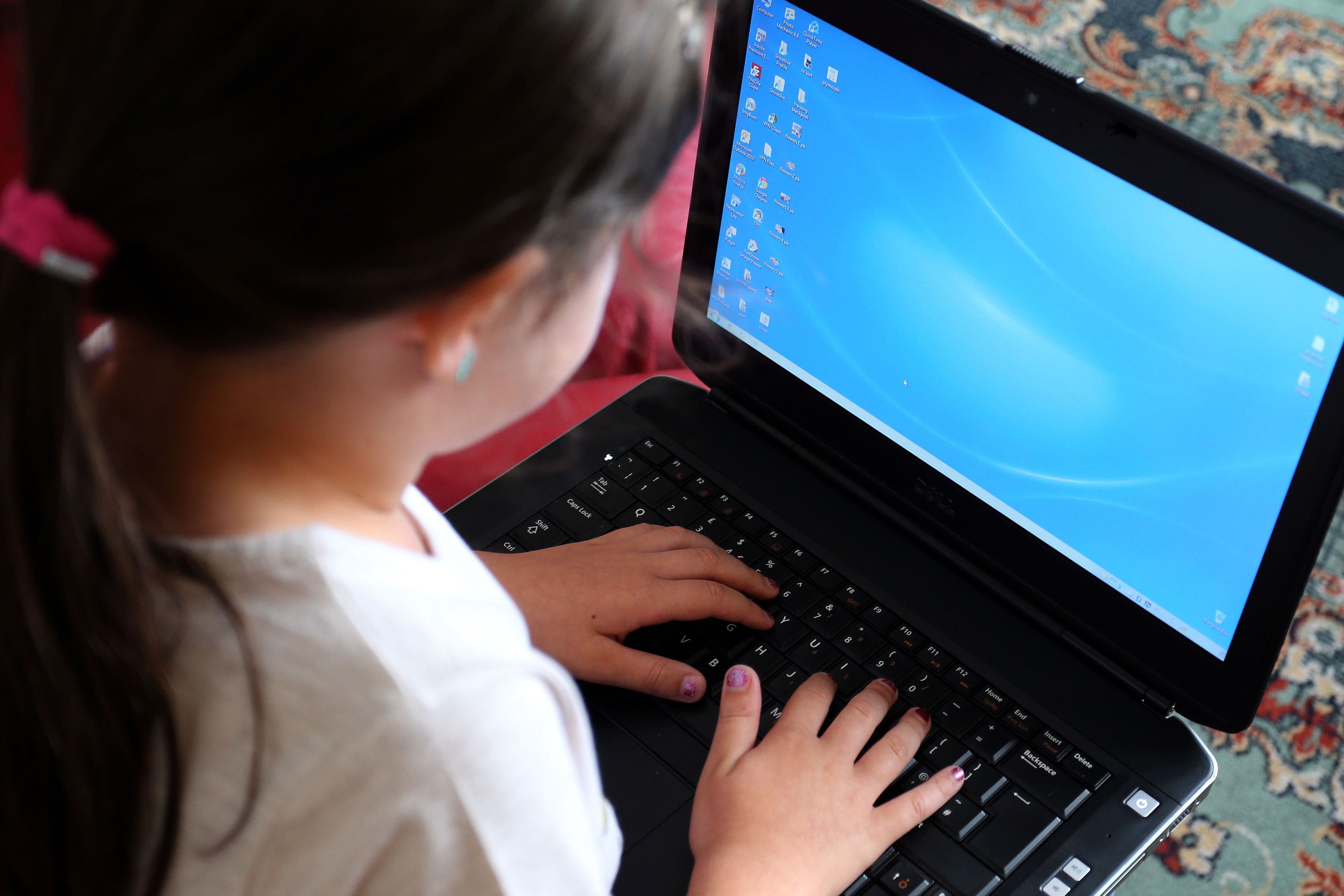There is a deeply troubling new phenomenon occurring in UK schools – students are using artificial intelligence (AI) to generate explicit and indecent fake images of other children. Multiple child safety organizations in the UK have recently raised alarms about this issue, warning that it could have devastating consequences if left unchecked.
Reports Coming from Multiple Schools
 The UK Safer Internet Centre (UKSIC) revealed that they have begun receiving disturbing reports from various schools about pupils utilizing AI image generators to synthesize inappropriate and abusive images of their underage classmates. Legally, such AI-fabricated depictions constitute child sexual abuse material.
The UK Safer Internet Centre (UKSIC) revealed that they have begun receiving disturbing reports from various schools about pupils utilizing AI image generators to synthesize inappropriate and abusive images of their underage classmates. Legally, such AI-fabricated depictions constitute child sexual abuse material.
Experts explained that these digitally manipulated images could be used to harass, exploit, or even blackmail the child subjects depicted. Even if not widely distributed, the very existence of such images could still negatively impact the self-esteem, mental health, and development of the child victims forced to see themselves in these scenarios.
Deepfakes and Face-Swap Apps
While AI image generation technologies are still emerging and rapidly evolving, they include apps and websites powered by deep learning algorithms that can produce artificial but convincing images of people. So-called “deepfakes” can swap people’s faces onto other bodies or even fabricate entirely new video footage or photos that appear authentic.
Some deepfake apps and sites are specifically designed to face-swap or undress images of people, enabling users to effortlessly create nonconsensual sexualized content. Students are accessing such tools to impose their classmates’ faces onto pornographic imagery.
Realistic Images Are Indistinguishable
What makes this situation especially alarming is the realism now achievable through AI generative models. The fabricated images can often be impossible to distinguish from genuine photos.
 According to Emma Hardy, director of UKSIC, “The quality of the images that we’re seeing is comparable to professional photos taken annually of children in schools up and down the country.” In some cases, victims have been recognizable as the subjects of previous child sexual abuse material now being recycled in AI-generated imagery.
According to Emma Hardy, director of UKSIC, “The quality of the images that we’re seeing is comparable to professional photos taken annually of children in schools up and down the country.” In some cases, victims have been recognizable as the subjects of previous child sexual abuse material now being recycled in AI-generated imagery.
David Wright, another UKSIC director, agreed that the AI-generated photos can appear shockingly authentic and be difficult for even experts to identify as fakes. “The photo-realistic nature of AI-generated imagery of children means sometimes the children we see are recognizable as victims of previous sexual abuse,” explained Hardy.
Exponential Growth Anticipated
Wright emphasized that although the known exploitation cases so far have been few, likely due to the novelty of the technology, authorities expect exponential growth of this predatory behavior and want to intervene quickly.
“We are in the foothills and need to see steps being taken now – before schools become overwhelmed and the problem grows exponentially,” he stated. As awareness and access to AI generators spreads among students, harm could scale rapidly if unimpeded.
What Schools Can Do
In response to these troubling developments, child safety advocates strongly advise that schools immediately review their networks, devices, and monitoring practices to confirm they can effectively detect and filter all illegal content. Blocking access to AI image generators and face-swapping apps on school networks and devices is one obvious yet critical step schools must prioritize.
Experts also highlight the vital need for updated internet safety education so that students better understand the legal and ethical implications of manipulating or distributing sexualized content related to minors. Young generations are often early adopters of new technologies, yet may lack the judgement to anticipate downstream consequences. Course materials and school policies should expressly address improper usage of AI systems.
Society-Wide Action Needed
 Beyond actions by individual schools, child protection groups argue new laws and regulations are required at the national level to curb the societal-scale impacts of rapidly advancing AI systems. The recent prominent launches of ChatGPT and other headline-grabbing AI projects have intensified public discourse on this issue.
Beyond actions by individual schools, child protection groups argue new laws and regulations are required at the national level to curb the societal-scale impacts of rapidly advancing AI systems. The recent prominent launches of ChatGPT and other headline-grabbing AI projects have intensified public discourse on this issue.
David Wright contends, “these types of harmful behaviors should be anticipated when new technologies become accessible to the public.” Yet presently, AI systems are developing faster than authorities can enact protective policies and restrictions. More coordinated governmental efforts will likely be necessary to ensure public safety keeps pace with private sector AI innovation.
The revelation that school students have already begun weaponizing AI technologies to sexually exploit peers underscores the urgent need for proactive countermeasures across multiple domains. From updating school safeguarding procedures to establishing legal frameworks governing AI development, stakeholders across sectors must collaborate to prevent further predatory misuse of this transformative technology threatening children. There is no time to lose in tackling this emerging crisis.











